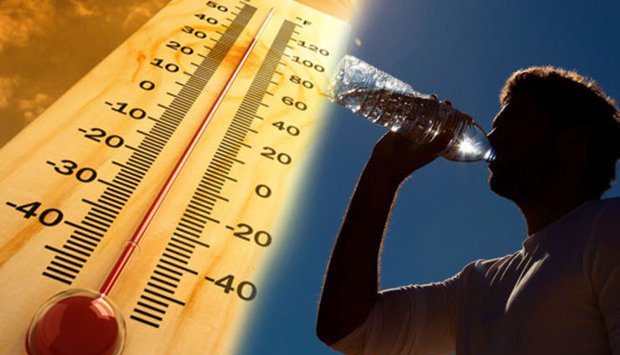
Heat exhaustion is a serious condition where the body struggles to regulate temperature, while heatstroke is a life-threatening emergency where the body’s temperature rises dangerously high, and its cooling mechanisms fail.
Children, older people and people with long-term health conditions (such as diabetes or heart problems) are more at risk of heat exhaustion or heatstroke.
While both involve overheating and can share similar initial symptoms, heat stroke is more severe and requires immediate medical attention, as it can lead to organ damage and death if not treated promptly.
Signs of Heat Exhaustion
- Tiredness
- Dizziness
- Headache
- High temperature
- Nausea or vomiting
- Excessive sweating
- Cool or moist skin
- Paleness of skin or skin rash
- Muscle cramps in the arms, legs and stomach
- Fast breathing or fast and weak pulse
- Weakness
If someone has heat exhaustion, follow these 5 steps:
- Move them to a cool place.
- Remove all unnecessary clothing like a jacket or socks.
- Get them to drink a sports or rehydration drink, or cool water.
- Cool their skin – spray or sponge them with cool water and fan them. Cold packs, wrapped in a cloth and put under the armpits or on the neck are good too.
- Stay with them until they’re better.
They should start to cool down and feel better within 30 minutes. If not, you should seek Urgent Care for possible heatstroke.
Signs of Heatstroke
- Confusion and lack of coordination.
- A very high temperature (above 104°F (40°C) and rapid increase in temperature (within 10-15 minutes) which is often accompanied by the cessation of sweating.
- Hot skin that is not sweating and may appear red.
- A fast heartbeat.
- Fast breathing or shortness of breath.
- Seizure, agitation, or combativeness.
- Loss of consciousness.
If someone has signs of heatstroke, it is crucial to seek immediate medical attention. Heatstroke is a life-threatening emergency that can cause permanent disability or death if not treated promptly.
So how do you prevent heat exhaustion and heatstroke?
- Drink more water and cold drinks, especially if you’re active or exercising.
- Wear light-colored, loose clothing.
- Avoid the sun between 11am and 3pm.
- Avoid excess alcohol which dehydrates the body.
- Avoid extreme exercise.
- Even if you’re inside on a very hot day, close the curtains, and turn off electrical equipment and lights that get hot.
Especially in the summer months with hotter temperatures, be sure to prioritize your health and well-being, and stay informed about weather forecasts and any heat warnings issued by your local authorities.
